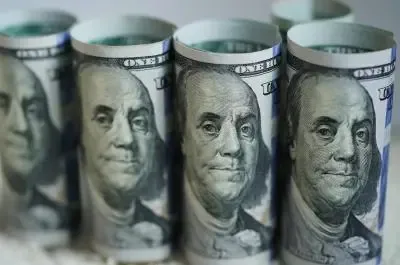What Factors Contributed to India's Forex Reserves Increasing by $2.7 Billion?

Synopsis
Key Takeaways
- Forex reserves rose by $2.7 billion.
- Total reserves reached $698.19 billion.
- Foreign currency assets increased by $1.31 billion.
- Gold reserves grew by $1.2 billion.
- Strong FDI inflows boost economic growth.
Mumbai, Aug 1 (NationPress) India’s foreign exchange reserves have seen an increase of $2.7 billion, bringing the total to $698.19 billion for the week ending July 25, as reported by the Reserve Bank of India (RBI) on Friday.
This growth was primarily driven by a rise in foreign currency assets, which climbed by $1.31 billion to $588.93 billion.
These assets, valued in dollars, reflect changes in the valuation of other significant currencies like the euro, pound, and yen held in the reserves.
Gold reserves also played a role in the increase, rising by $1.2 billion to $85.7 billion.
The special drawing rights (SDRs) with the International Monetary Fund (IMF) increased by $126 million to $18.8 billion, while India's reserve position with the IMF improved by $55 million to $4.75 billion during the same week.
The RBI periodically intervenes in the foreign exchange market to maintain liquidity and prevent excessive fluctuations in the rupee's exchange rate.
Such interventions aim at preserving orderly market conditions rather than targeting a specific exchange rate.
Additionally, the latest RBI monthly bulletin revealed that gross foreign direct investment (FDI) into India surged to $8.8 billion in April this year, compared to $5.9 billion in March and $7.2 billion in April 2024.
Almost half of these FDI inflows were from the manufacturing and business services sectors.
The bulletin also highlighted that India is ranked 16th globally for FDI inflows, attracting $114 billion in greenfield investments in the digital economy from 2020 to 2024, the highest among countries in the Global South.
In addition, foreign portfolio investment (FPI) witnessed significant inflows, with net investments of $1.7 billion in May 2025, primarily driven by the equity market.
This marks the third consecutive month of gains for equities, buoyed by positive global and domestic factors such as the India-Pakistan ceasefire, US-China trade truce, and better-than-expected corporate earnings for the fourth quarter of 2024–25, which boosted investor confidence and prompted shifts towards Indian assets.









